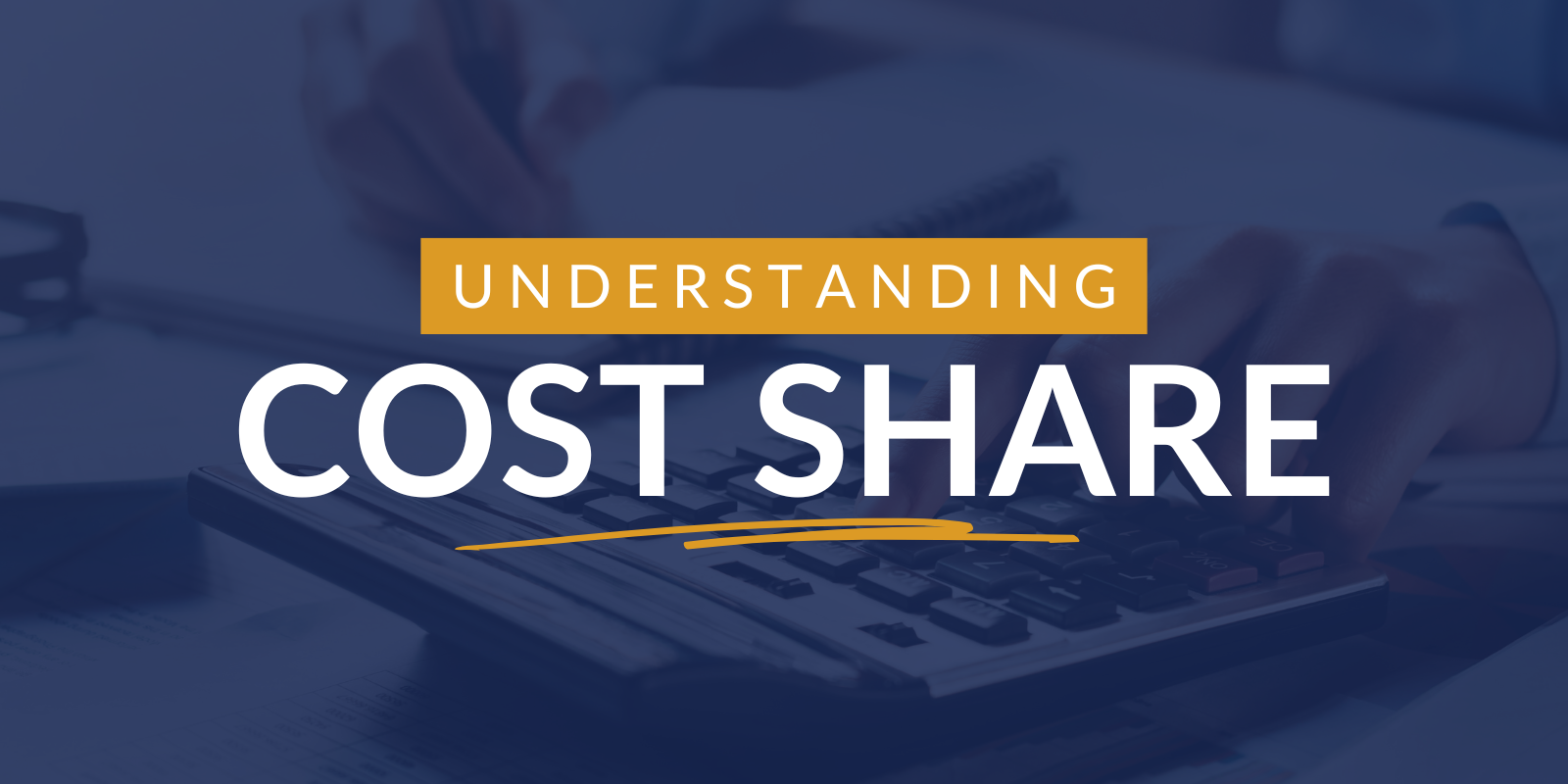Understanding Cost Share in Employee Benefits: Balancing the Premiums
When managing an employee benefits plan, one key factor often goes overlooked: cost share. Cost share defines how the premiums for benefits are split between employees and employers. Surprisingly, for small to mid-sized companies, this component can make a substantial difference in how benefits are perceived, utilized, and valued within the organization. In this blog, we’ll explore the concept of cost share, its impact on employees and employers, and how refining it can lead to a more balanced and effective benefits plan.
What Is Cost Share?
Cost share refers to the structure of premium payments in an employee benefits plan—specifically, who pays for which parts of the plan. Some benefits may be fully employer-paid, while others require a contribution from the employee. There are different ways to structure cost share, including:
1. Employer-Funded Premiums for Specific Benefits – The employer covers the entire cost of certain benefits, such as basic health insurance, while employees might contribute to additional options like dental or vision care.
2. Percentage-Based Cost Sharing – Here, the cost of a specific benefit, or of the overall benefits plan, is divided between the employer and employee, typically on a pre-agreed percentage basis (e.g., the employer covers 80% of the health premium, and the employee covers the remaining 20%).
3. Overall Premium Split – In some plans, the total premium for the benefits package is split between the employer and employees, providing a fixed level of cost-sharing across all covered benefits.
The structure you choose impacts both your company’s budget and how employees perceive the value of their benefits package.
Why Cost Share Matters for Small to Mid-Sized Employers
For smaller organizations, cost share plays a significant role in benefits budgeting and perception. Since the cost of benefits can represent a large portion of a small company’s budget, sharing some of these costs can help employers offer a well-rounded package without overspending. However, cost share also directly impacts employee satisfaction and perceived value of the benefits. When structured thoughtfully, it can boost employee appreciation and participation, creating a stronger link between the company’s investment and its employees’ well-being.
On the other hand, an imbalanced cost share can lead to discontent. If employees feel that they’re shouldering too much of the premium costs, the benefits plan may seem less attractive, reducing its effectiveness as a retention tool. Alternatively, if the employer bears too much of the cost, it may limit funds available for other business priorities.
Finding the Right Balance
The right cost share balance varies based on company size, employee demographics, and organizational goals. Here are some tips to help find a sustainable structure:
1. Assess Your Goals – Consider your budget alongside the benefits that matter most to your employees. Striking a balance between affordability and coverage can improve satisfaction with the benefits offered.
2. Consider Employee Feedback – Surveying employees to learn what they value in a benefits plan can help structure a cost share that maximizes perceived value without increasing the company’s financial burden.
3. Evaluate Regularly – Cost share needs may change over time. Regularly revisiting your plan’s structure ensures it remains aligned with both your budget and employee expectations.
Cost Share: More Than Just Splitting the Bill
In the end, cost share is about creating a benefits plan that serves everyone’s needs. When approached strategically, it helps you offer comprehensive benefits that reflect a shared investment between the company and its employees. If you’re interested in discussing how cost share could work better for your team, reach out to explore a structure that aligns with your goals and budget.
















